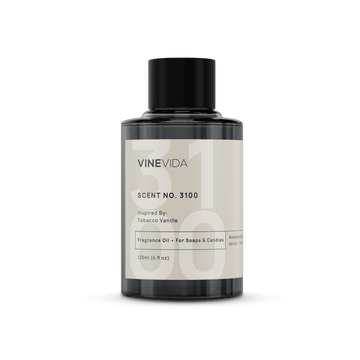Scientific Name: Lavandula Angustifolia
Origin: Bulgaria
Plant Part: Flowers
Scent: Floral, Sweet, and Fresh
Color: Clear with a bit of Yellow Tone
Consistency: Thin
Perfumery Note: Top - Middle
Initial Aroma Strength: Strong
Extraction Method: Steam Distilled
Lavender Essential Oil: Uses, Benefits, and Blends
Nothing spells calm like the soothing scent of lavender essential oil. Famous for hundreds of years for its calming properties, this aromatic oil ranks number one for many aromatherapists. Whether you prefer organic, Bulgarian, or French, VINEVIDA has you covered. We also offer bulk lavender oil for all our cosmetic enthusiasts, artisan soap makers, and crafty candle lovers. Let the sweet scent of lavender whisk you away to the fields of France!
Lavender, whose botanical name is Lavandula Angustifolia, actually belongs to the mint family. It is native to the Old World, and today you can find it growing all over Europe, Africa, and Asia. The use of lavender in teas, herbal remedies, and even food and beverages dates back hundreds of years. Today, lavender is most common in aromatherapy, as it is a common belief that the use of lavender oil can help reduce stress and promote feelings of relaxation and well-being. It is also a common sleep aid.
Fun Fact: to make 1lb of lavender oil, it takes 500 lbs of lavender flowers!
Lavender Essential Oil Benefits: Component Breakdown
-
- Linalyl Acetate: Linalyl acetate is the acetate ester of linalool. It is a clear, colorless liquid, and you will often find it in fragrances. Its aroma is floral and fruity, similar to that of bergamot. Linalyl Acetate is one of the significant components that contribute a lot of lavender essential oil benefits.
- Linalool: Linalool is a naturally occurring terpene alcohol that is found in many different plants and spices. Preliminary studies indicate that linalool may be effective in the treatment of anxiety.
- (Z)-B-Ocimene: Ocimenes are organic monoterpenes, common to plants. You can find them in many perfumes due to their sweet, herbaceous scent.
- Lavandulyl Acetate: Lavandulyl acetate is a natural plant component that is often used in food and beverages.
- Terpinen-4-ol: Terpinen-4-ol ranges in color from clear to pale yellow and smells strongly of pine. It is common to plants, and researchers are currently looking into its use as a cancer therapy agent. Another great component that ensures lavender essential oil benefits.
- B-Caryophyllene: B-Caryophyllene is on the FDA’s GRAS (Generally Recognized As Safe) list, which makes it the first dietary cannabinoid. Caryophyllene is nonpsychoactive and binds to the CB2 receptor, which is a target for the treatment of pain, inflammation, and other ailments.
- (E)-B-Farnesene: Farnesene falls into the sesquiterpene class, and is organic in many plants and fruits.
- 3-Octanyl Acetate: An organic plant component, with a rosy aroma. The benefit is its aroma.
Lavender Essential Oil Uses: For Wholesale Purposes
Lavender is well-known for its aroma as well as for being a beautiful shade of purple, but it has many other uses. You will find lavender oil to be extremely popular with aromatherapists, as well as manufacturers of cosmetics, hair and skin care products, and perfumes.
Aromatherapy
Lavender oil is one of the most popular oils in aromatherapy. Anecdotal evidence suggests lavender can reduce stress and anxiety, improve sleep patterns, and help to calm and soothe the skin. When it comes to science, preliminary evidence is promising. Studies on humans indicate that the inhalation of lavender in aromatherapy benefits by stimulating the limbic system, including the amygdala and hippocampus. The components linalool and linalyl acetate are both able to be rapidly absorbed through the skin, including through massage.
Studies indicate that when lavender is used as an adjunct therapy, it helps patients suffering from depression feel better, faster. Other studies show that when using lavender, participants were more awake during the day and slept better at night.
Lavender Oil for Hair
Lavender essential oil uses in hair care are noteworthy. Not only does lavender oil smell great, but with its floral, herbaceous aroma, it may also be able to promote hair growth. Initial studies indicate that lavender oil led to a marked increase in hair growth in mice when applied topically for four weeks. Other studies on humans offer similar results, but as multiple oils were applied, it is impossible to pinpoint which was responsible for the effects. You can find lavender in many hair care products on the market, particularly in those that target scalp care. Lavender is also believed to have antibacterial properties, which makes it ideal for controlling bacteria on the scalp that can cause buildup and slow hair growth.
Lavender Oil for Skin
Many people advocate the use of lavender oil for skin, particularly to treat inflammation such as acne. Research backs this up,;however, it is important to note that using too much can irritate. Certain components in lavender are known allergens, so it is important to follow proper precautions when using it. The uses of lavender oil for skin care are significant. Keep reading to find out how to safely use and apply lavender oil topically.
Soap Making
 Here comes another one from the lavender essential oil uses list. Lavender oil is one of the most frequently chosen oils for soaps. This is due in part to its fragrant aroma, as well as to its aromatherapy properties. Reputed to help reduce stress and anxiety, the scent of lavender is commonly associated with feelings of calm and well-being. Dried lavender flowers are often incorporated into soaps to add texture, color, and additional decoration.
Here comes another one from the lavender essential oil uses list. Lavender oil is one of the most frequently chosen oils for soaps. This is due in part to its fragrant aroma, as well as to its aromatherapy properties. Reputed to help reduce stress and anxiety, the scent of lavender is commonly associated with feelings of calm and well-being. Dried lavender flowers are often incorporated into soaps to add texture, color, and additional decoration.
What Blends Well with Lavender Essential Oil?
Lavender oil falls under the aromatic category on the fragrance wheel and ranges from a top to a middle note in perfume terms. Try combining lavender with chamomile, bergamot, cedarwood, rosemary, or thyme oil. If you prefer a brighter, more citrusy aroma, try lemon or even grapefruit oil! Check out more: What Blends Well with Lavender Essential Oil?
DIY Project: Lavender Linen Spray
One easy way to achieve lavender aromatherapy is to create your own linen spray. Twenty minutes before bed, mist your pillows and linens, then drift off into a blissful slumber.
Materials Needed (for 4oz):
-
- 10 Drops of Lavender Essential Oil
- 1 oz of Witch Hazel
- 3 oz Water
- Dark, Glass Spray Bottle
- Glass Jar (to mix)
- Small Funnel
Method:
-
- Add witch hazel and lavender oil to the jar
- Screw on the lid and shake to combine
- Add in water, and shake again
- Funnel into a small spray bottle
- Mist as needed
- Store in a cool, dark place
Is Lavender Essential Oil Safe for Dogs?
Today, many people prefer to use natural treatments rather than Western medicine, and this includes their pets. The truth is, natural is not necessarily equivalent to safe. Unlike people, our pets can’t openly tell us if something is making them uncomfortable. This means if you decide to use essential oils around your dog, you should take care to notice certain signs that they might not be enjoying the oils quite as much as you are. Additionally, there are certain things you should never do. Never let your dog ingest oils, and this means making sure they don’t come in direct contact with them. If you put lavender oil on your dog's skin or fur, they may lick it off and become ill. If you do decide to apply diluted essential oil to your dog topically, such as on the back of their neck or ears, make sure to consult with a vet first to ensure it is safe. Many oils are toxic to dogs, and they can cause burning and irritation if not diluted properly. If you diffuse lavender oil, make sure that your dog can leave the room if they don’t like the smell. It will be much stronger for them. The best way to use lavender oil around dogs is to use a passive diffuser method, such as reeds. Check out more: Is Vetiver Oil Safe for Dogs?
Is Lavender Essential Oil Safe for Cats?
Cats’ metabolisms work much differently than humans or even dogs, meaning they are unable to break down certain essential oils. This means most oils are very toxic to cats and should never be used around them. Lavender is considered a safer option, but it should only be diffused, and the door should be open so your cat can leave if he or she becomes uncomfortable.
For any further questions ,please consult a veterinarian, as they will be able to give you the best advice. We advise stopping use if your pet seems at all uncomfortable.
Precautions
Lavender is toxic to humans if ingested. This means you should never eat or drink lavender essential oil, as it is extremely potent. If applying lavender oil to the skin, never apply it directly. Instead, dilute the oil with a carrier oil first. Alternatively, you can also add lavender oil to other products, such as lotions and creams. As lavender can cause allergic reactions, we recommend doing a patch test first. This is when you dilute the oil (6-10 drops for every ounce of carrier oil) and apply a small amount to your skin. Wait a day, and then check to see if there is any reaction before continuing with use.
Flash Point
98°C
Conclusion
Lavender essential oil is famous for its reputed ability to help calm and soothe symptoms of stress and anxiety. Anecdotal evidence indicates it is also an effective sleep aid. Take care when using lavender oil topically, always using proper dilution methods and testing on a small area first. As lavender can cause allergies, this will help protect you from any potential reaction. VINEVIDA offers multiple types of lavender oil, including organic, in addition to oils from Bulgaria and France.

- Reviews
- Questions
Long-lasting scent
The oil is top notch with a rich, long-lasting scent.

Bulgaria Lavender smells awesome
Bulgaria Lavender smells awesome. Used in soap. No acceleration or ricing. And the beautiful scent stays. I will definitely order again, Great price, great value and great company.

You may also like
Recently viewed

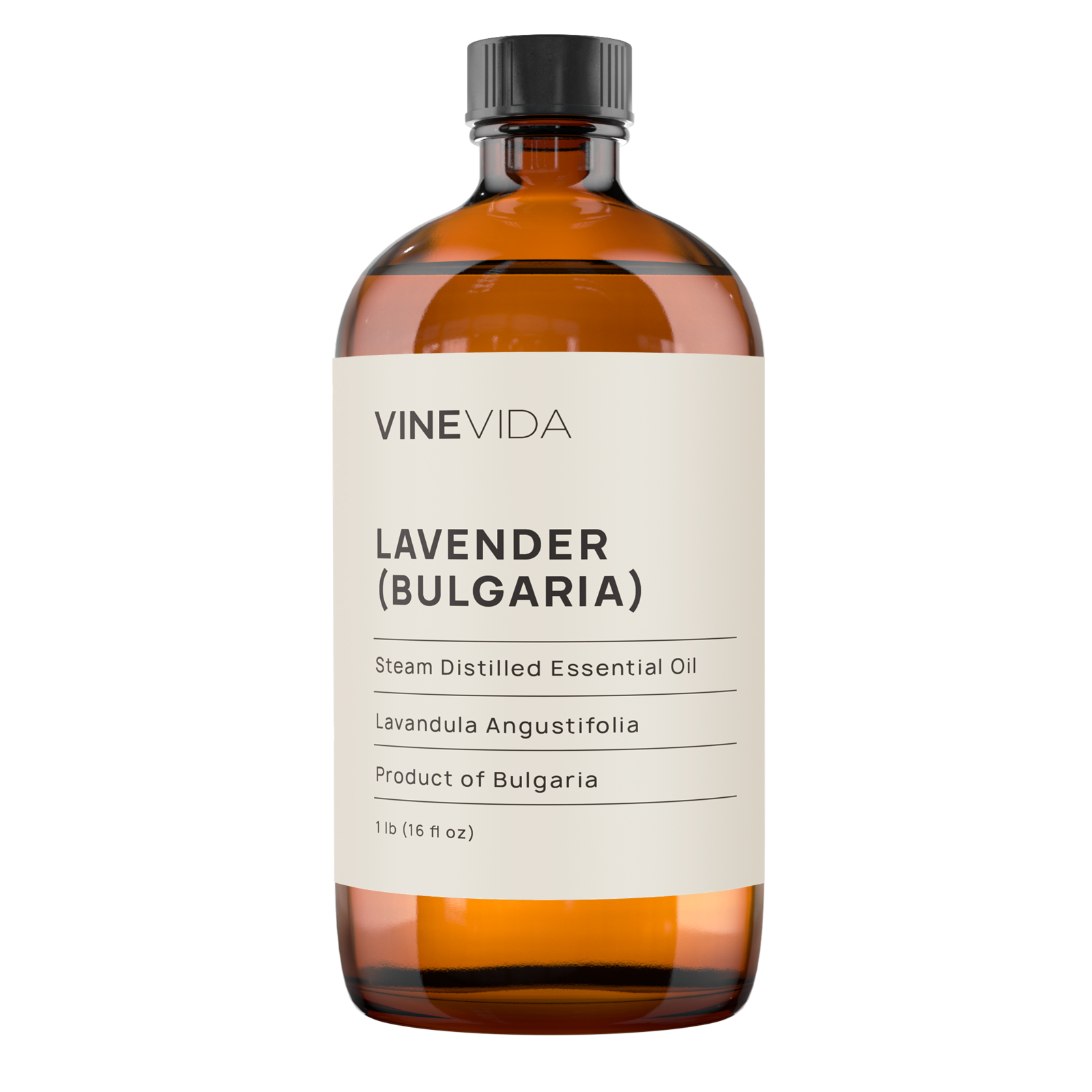
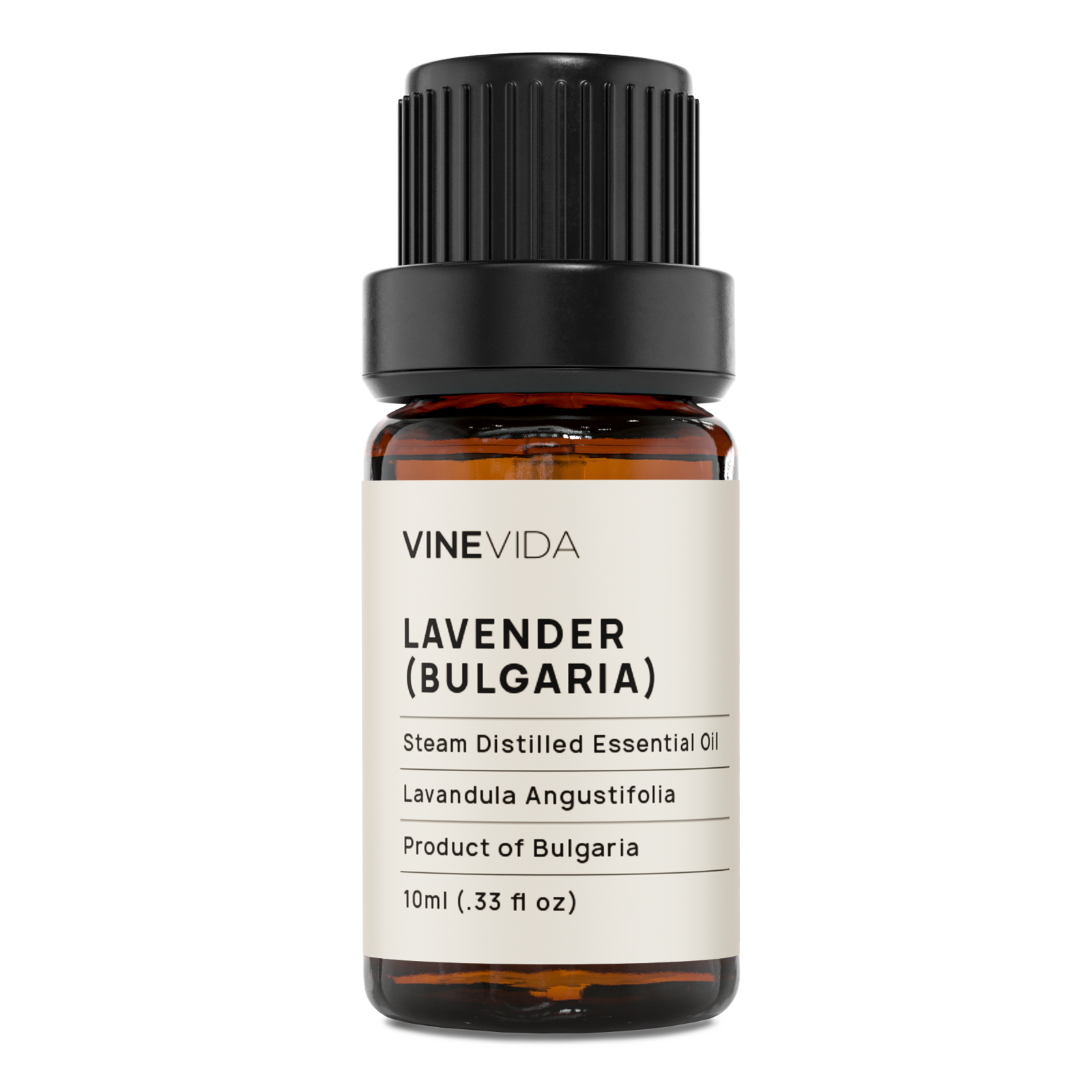

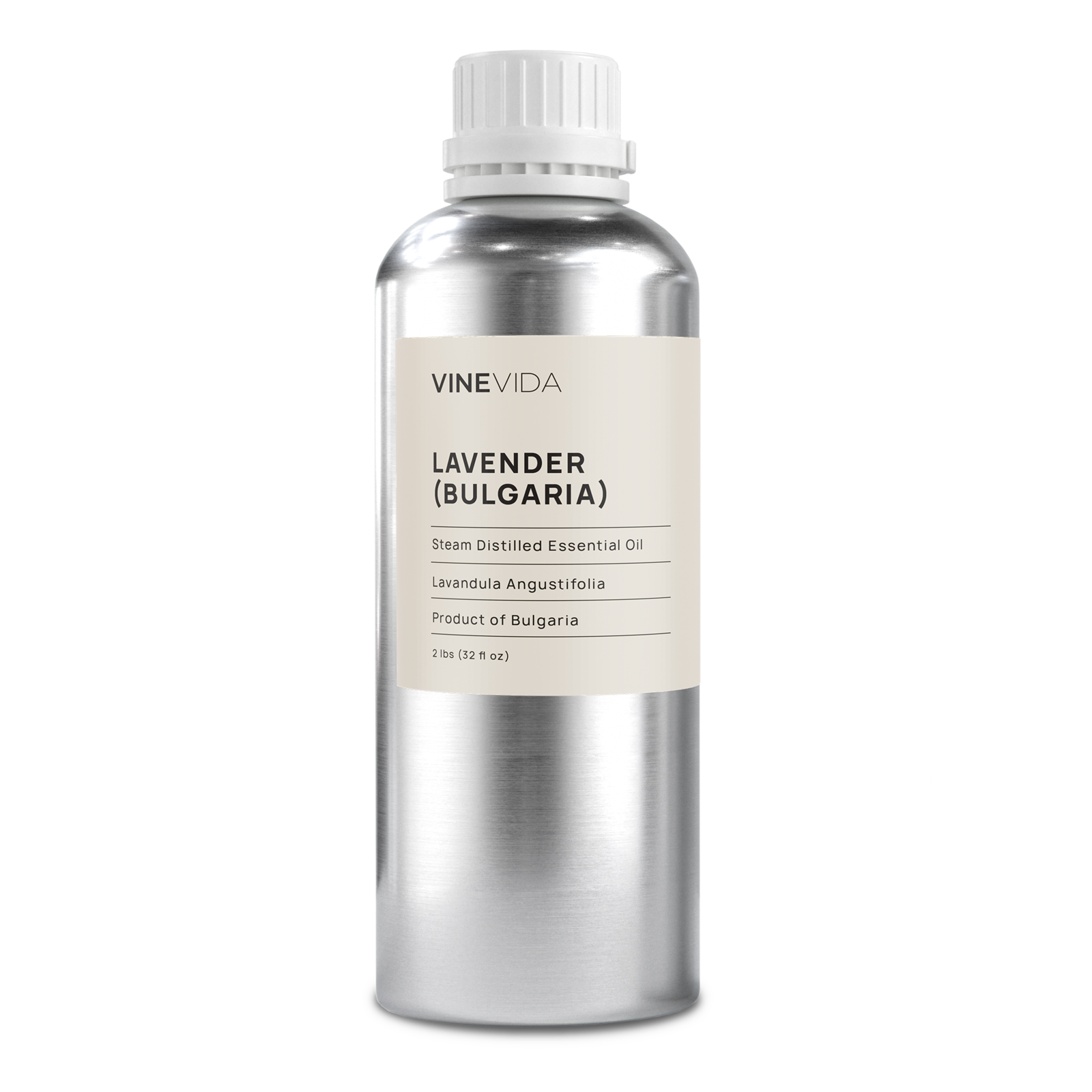
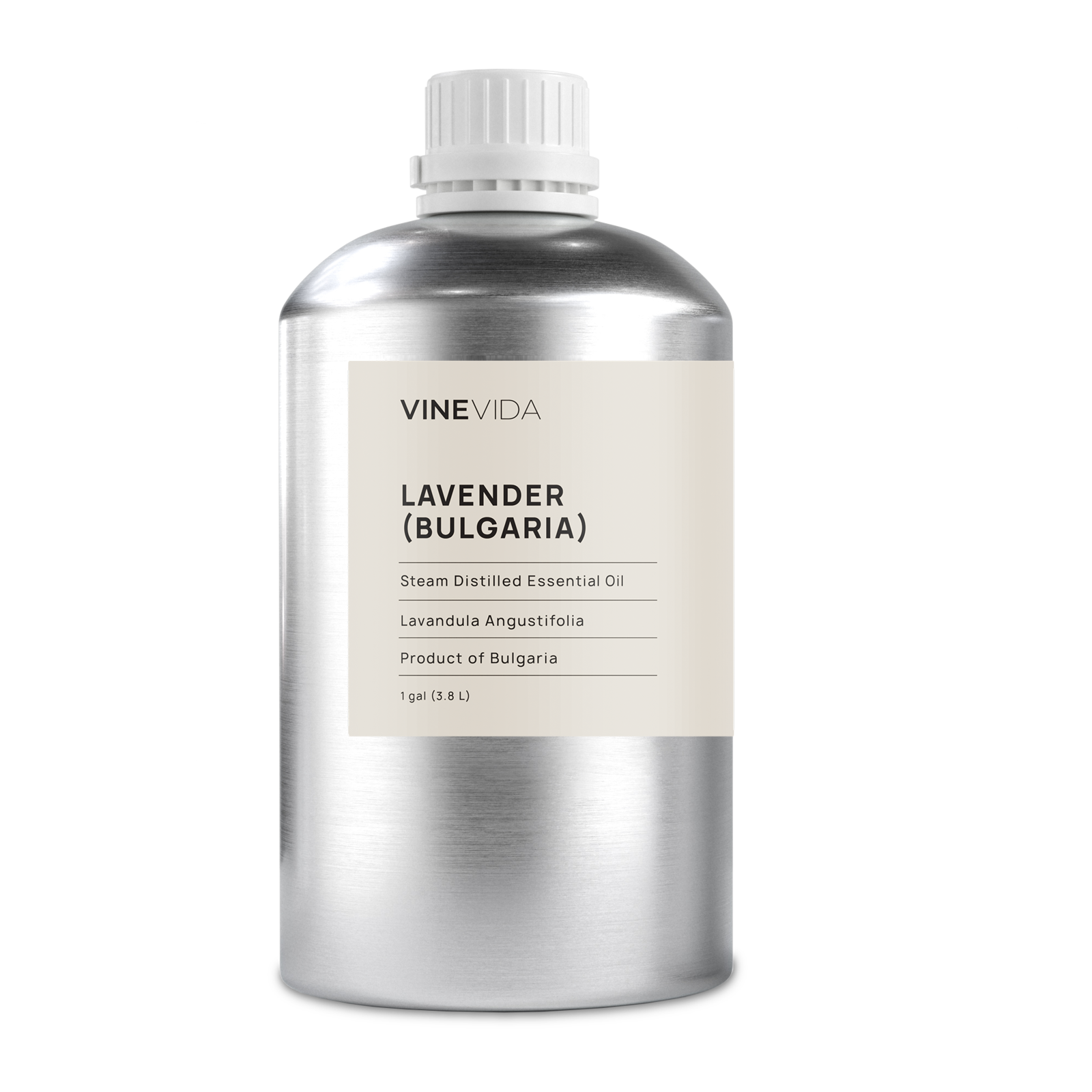
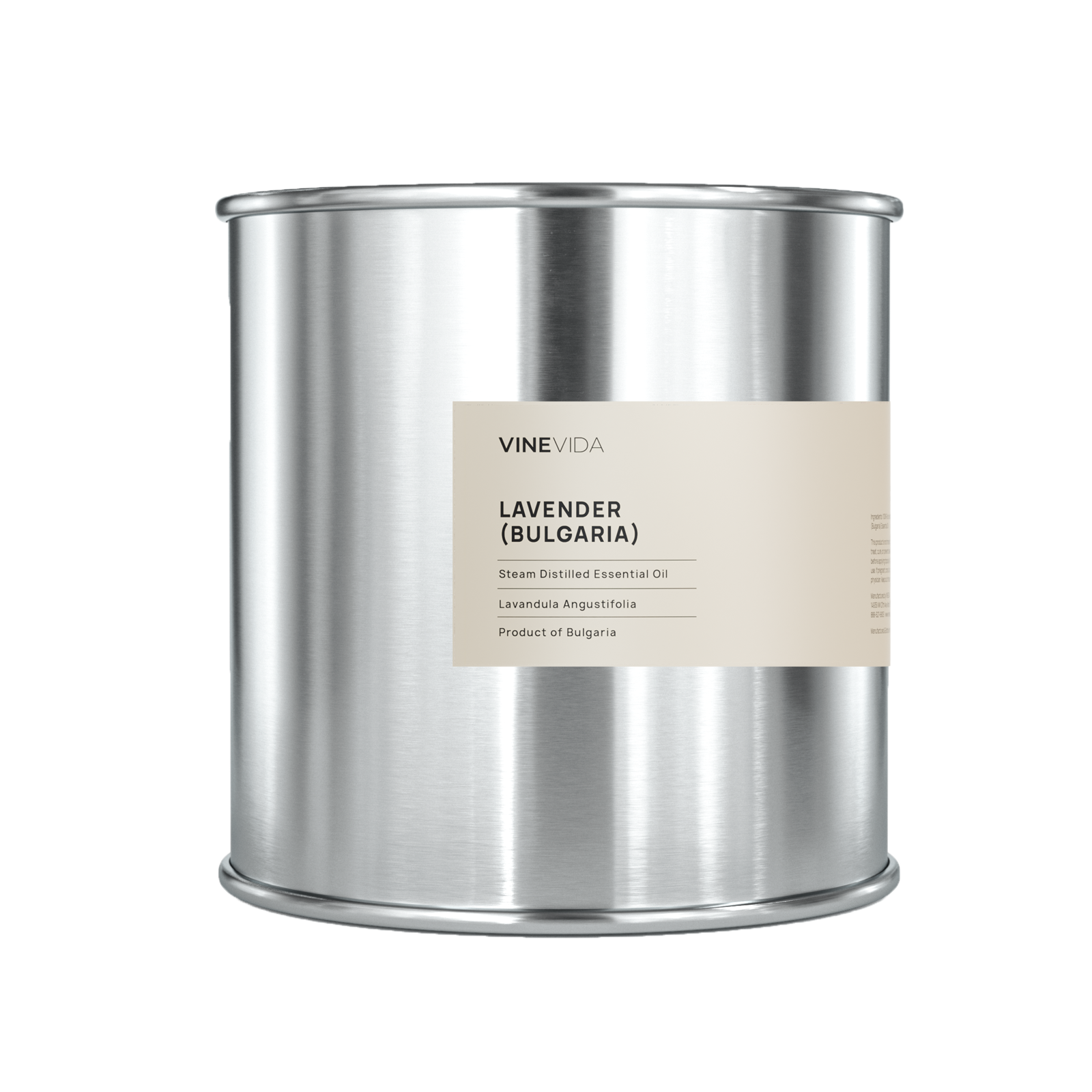
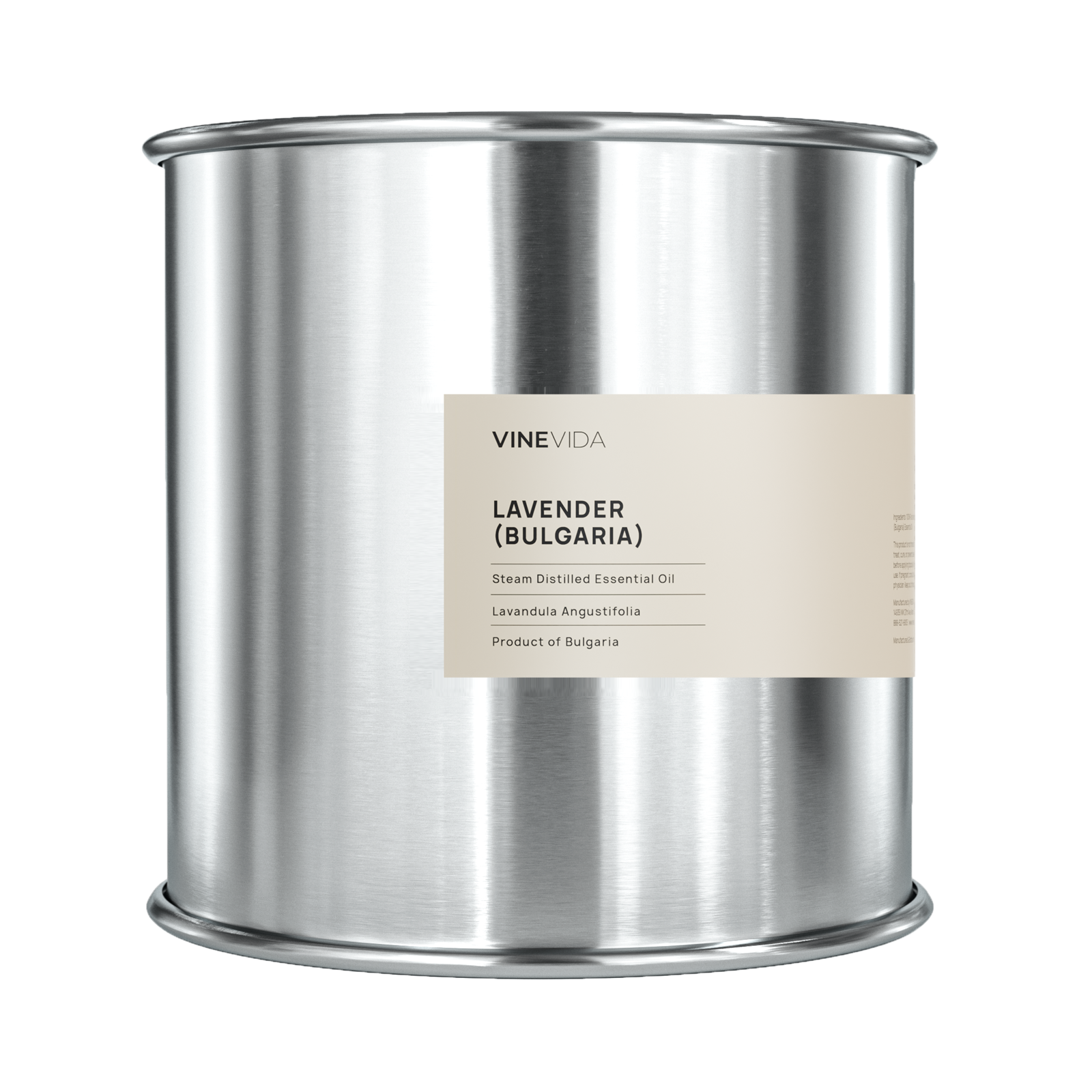
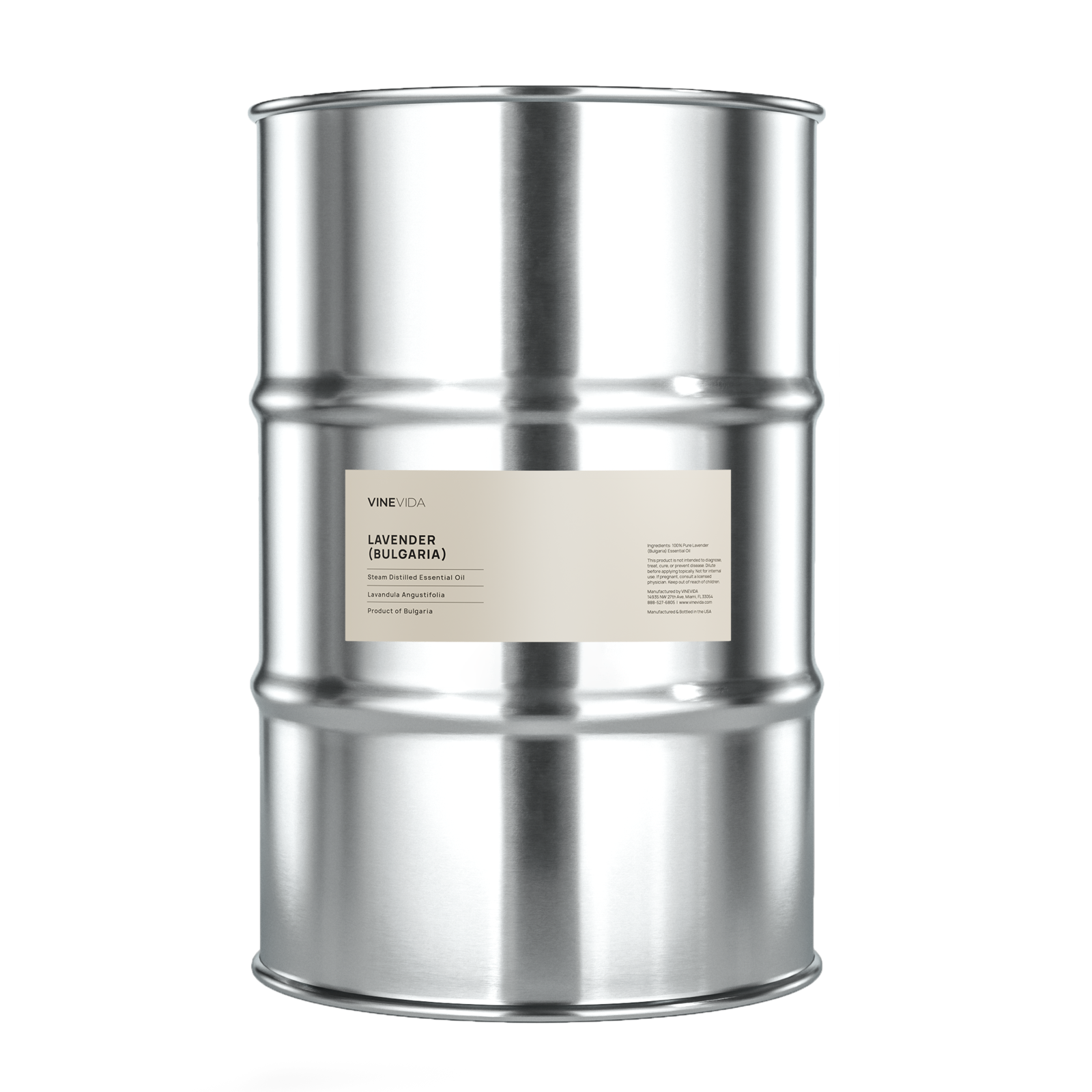




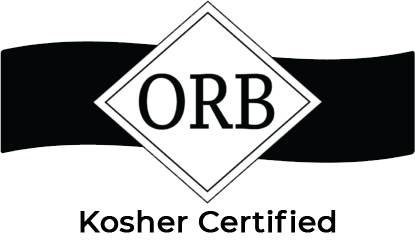
 IFRA Statement
IFRA Statement

















